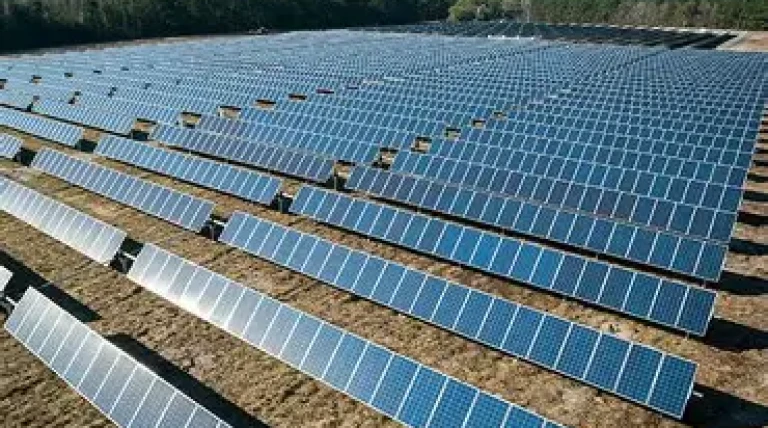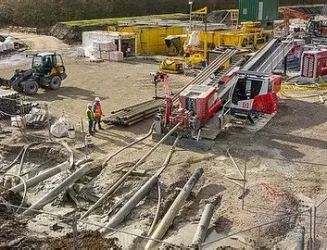Amaravati Life Sciences, a key player in India's pharmaceutical industry, is set to significantly enhance its manufacturing capabilities with the establishment of Unit-II, a new facility designed to bolster India's production of Active Pharmaceutical Ingredients (APIs), Fine Chemicals, and Bulk Drug Intermediates. Situated in the Guntur District of Andhra Pradesh, this initiative represents a strategic move towards achieving self-reliance in the pharmaceutical sector, a crucial step for India in minimizing its dependency on international suppliers for critical healthcare components.
The project, with an estimated cost of INR 25 Crores, is strategically located at S.No. 712 & 713, Vinukonda Road Village, Kolagutla Taluk. It is poised to manufacture 97 different APIs, marking a significant leap in Amaravati Life Sciences' capacity to supply essential pharmaceutical ingredients. This expansion is not just about scaling up production volumes; it's about addressing the urgent need for a robust, resilient, and self-sufficient pharmaceutical manufacturing ecosystem in India.
The expansion's implications extend far beyond the immediate economic benefits of increased production and potential for export. By significantly enhancing the domestic production of APIs and Bulk Drugs, Amaravati Life Sciences is contributing to a strategic shift towards healthcare self-sufficiency in India. This move is expected to have a ripple effect, improving the accessibility and affordability of medicines for the Indian population and thereby contributing to the broader social well-being.
However, several aspects of this project invite further exploration to fully understand its impact. Detailed information on the specific APIs and Bulk Drug Intermediates to be manufactured would shed light on how this expansion might affect the availability of treatments for various health conditions. Additionally, insights into job creation, potential collaborations with local suppliers, and Amaravati Life Sciences' commitment to environmental sustainability would offer a more comprehensive view of the project's societal, economic, and ecological implications.
News by Rahul Yelligetti
![{[setting('site_name')]}](https://projxnews.com/uploads/setting/16983847711140531930.webp)












